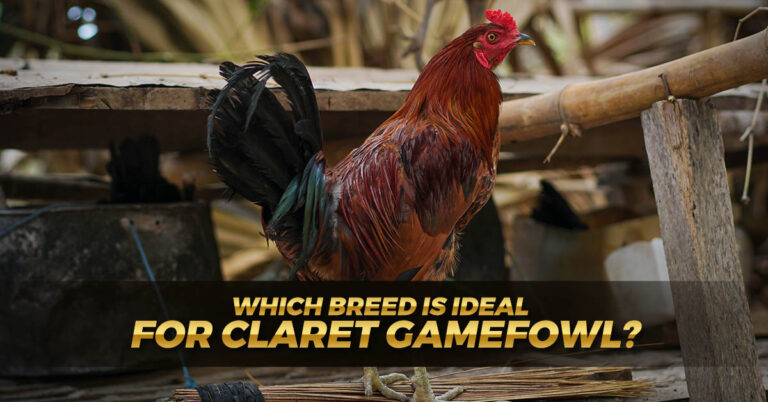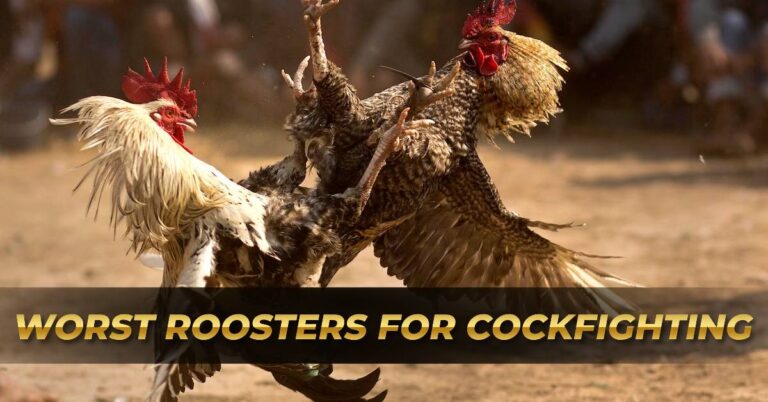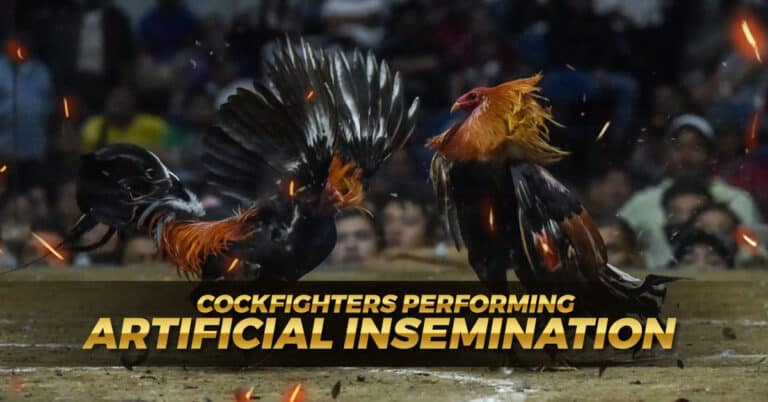The Art of Cockfighting Breeds
Sabong International is more than just a sport. It is a way of life, a passion, and a culture that has been passed down from generation to generation. It is a sport that is both controversial and celebrated. For those who breed gamefowl, cockfighting is more than just a sport. It is a way of life, a passion that is ingrained in their souls. The heart and passion of a cockfighting breeder are what drive them to produce the ultimate gamefowl, birds that are bred and trained for combat and have the fighting spirit that is necessary to win.

Training Cockfighting Breeds for Combat
Training a cockfighting breed for combat is a long and arduous process. It starts when the bird is just a few months old. The first step is to separate the bird from its flock and keep it in a small cage. This is done to prevent the bird from getting injured or killed by other birds.
The next step is to start training the bird for fighting. This involves teaching it how to use its claws and beak effectively. The bird is trained to attack a dummy that resembles another bird. This is done to teach the bird how to fight without actually harming another bird.
As the bird gets older, the training becomes more intense. The bird is trained to fight against other birds, first in small groups and then in larger groups. The training is designed to increase the bird’s strength, endurance, and fighting ability.
Physical Training For Cockfighting Breeds
Physical training exercises for gamefowl should include activities that improve their strength, speed, agility, and endurance. These exercises can include running, jumping, flapping their wings, and sparring with other birds.

Mental Training Exercises
Mental training exercises are essential for improving your gamefowl’s focus, aggression, and fighting spirit. These exercises can include exposure to various stimuli, such as other birds, sounds, and movements.
Proper Caring for Cockfighting Breeds
Proper nutrition and hydration are essential for gamefowl before the cockfight. A balanced diet is necessary to provide them with the necessary nutrients for optimal performance. The diet should consist of a mixture of grains, vegetables, and protein-rich foods. It is recommended to feed them twice a day and adjust the amount of food based on their level of activity.
Water is also essential for gamefowl. They should have access to clean water at all times. During the days leading up to the cockfight, electrolytes can be added to their water to help them stay hydrated and maintain their stamina.
Health Checks and Veterinary Care
Regular health checks are necessary for gamefowl. They should be examined by a veterinarian at least once a year to ensure they are healthy and free from diseases. In the days leading up to the cockfight, gamefowl owners should pay extra attention to their birds’ health and watch out for any signs of illness or injury.
If a gamefowl shows signs of illness or injury, it is crucial to seek veterinary care immediately. Delaying treatment can lead to more severe health problems or even death.
Feeding and Nutrition for Cockfighting Breeds
It’s essential to understand the nutritional needs of cockfighting breeds. These birds require a balanced diet that includes all the necessary nutrients to support their growth, development, and overall health. The primary nutrients required by roosters are protein, carbohydrates, fats, vitamins, and minerals.

Better Housing and Environment for Gamefowls
Before we discuss the best housing and environment for cockfighting breeds, it is essential to understand the specific needs of these birds. Firstly, cockfighting breeds are highly territorial animals, and as such, they require a certain amount of space to move around and establish their territories. Additionally, they require access to clean water and a balanced diet to maintain their health and energy levels. It is also important to note that these birds are highly social and require interaction with other roosters.
The Importance of Proper Housing
Cockfighting breeds require proper housing that provides enough space for them to move around and establish their territory. The ideal housing should be spacious enough to accommodate several roosters without them feeling cramped. The coop should be adequately ventilated to ensure that the birds have access to clean air. Additionally, the housing should be designed to provide easy access to food and water, and it should be easy to clean.

Creating the Ideal Environment
Cockfighting breeds require a suitable environment that mimics their natural habitat to thrive. The environment should be warm, dry, and well-ventilated, with enough space for the birds to move around. The birds require access to natural light, as this helps regulate their circadian rhythms, which are crucial for their overall health. Additionally, the environment should be kept clean, and any droppings or debris should be removed regularly.
Providing a Balanced Diet
Cockfighting breeds require a balanced diet to maintain their health and energy levels. The diet should include high-quality protein, vitamins, and minerals, and should be formulated to meet the specific needs of the birds. A balanced diet is essential for maintaining the birds’ strength and stamina, which are crucial for their performance in the ring.
The Importance of Social Interaction
Cockfighting breeds are highly social and require interaction with other roosters to maintain their mental and emotional well-being. Birds that are kept in isolation may develop aggressive tendencies and exhibit poor performance in the ring. As such, it is essential to provide opportunities for social interaction, such as allowing the birds to socialize with other roosters in a controlled environment.
Best Practices for Cockfighting Breeders
Cockfighting breeders should follow best practices when it comes to caring for their birds. This includes providing proper housing and environment, a balanced diet, and opportunities for social interaction. Breeders should also regularly monitor their birds’ health and well-being, and seek veterinary care when necessary. Additionally, breeders should follow all applicable laws and regulations governing cockfighting in their jurisdiction.
Conclusion
Gamefowl breeding is a complex and challenging process that requires a lot of skill, knowledge, and passion. Breeders put their heart and soul into breeding the best gamefowl possible. They are deeply connected with their birds and take great pride in their success in the cockfighting arena.










